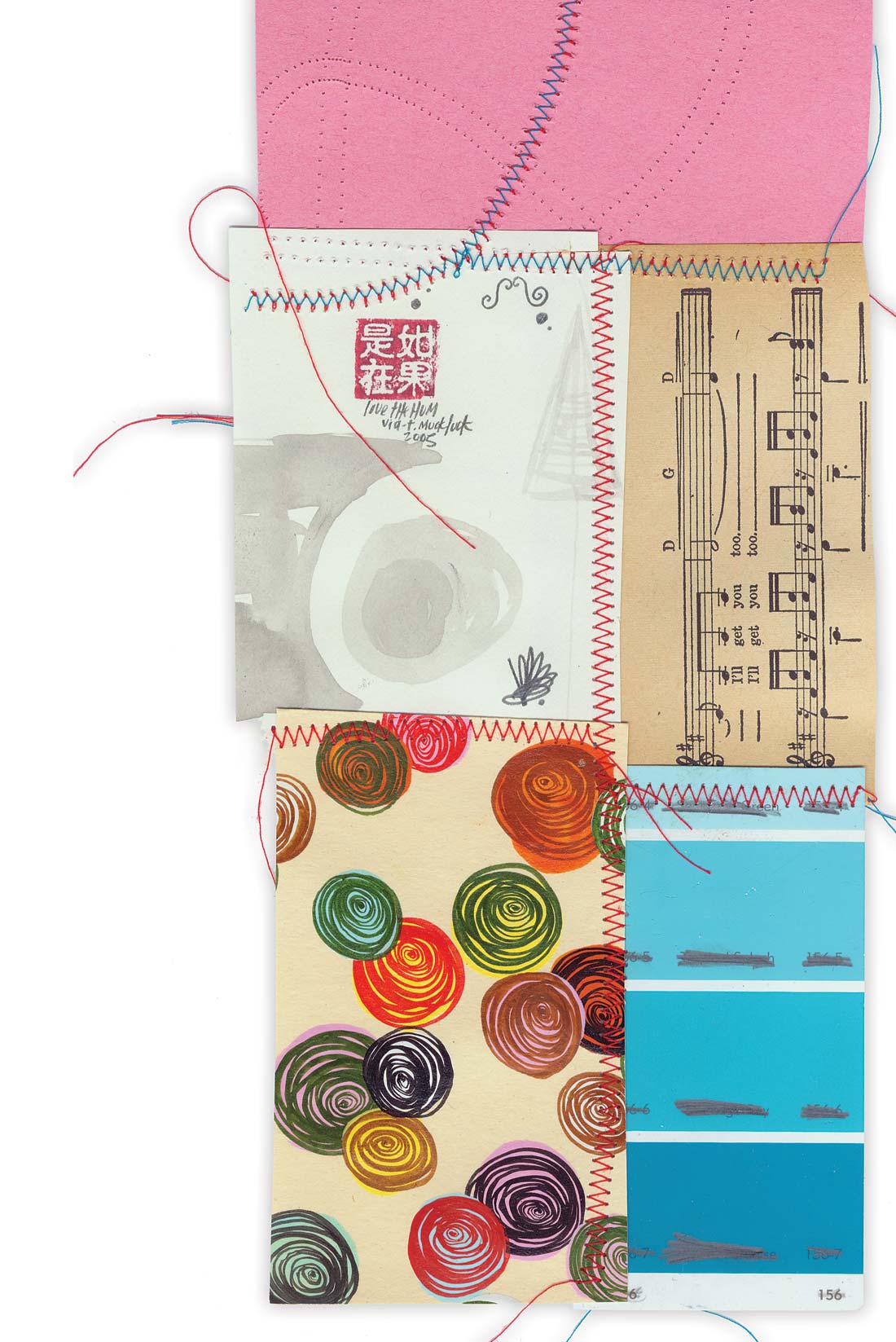Face it. You need a drum machine. Whether it's for something as simple as generating a decent click for a drummer, working out song arrangements, or even for full-blown drum and percussion tracks, the basic drum machine has become somewhat of a staple in the studio. But who wants to wade through arcane manuals and poorly designed hardware interfaces when you could be making fresh beats instead. Right?
iDrum is an exceptionally easy-to-use and versatile software drum machine for Mac OS 10.3 or later. It runs within RTAS or AU-compatible host applications (such as Pro Tools, Live, Logic, GarageBand, Digital Performer, etc.) or as a standalone app. I really like this program for generating quick drumbeats or supplementing acoustic rhythms. It's fun, and it sounds great. Plus, it's deep enough to satisfy any knob-twiddling Timbaland wannabes out there. iDrum comes with hundreds of sounds, beats, and kits-more than enough to get started-but note that it will also load any AIFF or WAV files up to 2 MB in size, so it can integrate your existing sample library easily. Additionally, Glaresoft offers an expansion pack for iDrum (or "iPak"-jeez, will the iTrend in product naming please iDie?) called XRB, with thousands of new sounds plus 256 new kits. Although made for iDrum, the XRB samples are AIFF files which could also be used in any sampler like Live's Impulse instrument or even an MPC.
Authorization is painless via the included online authorization assistant (no iLok needed). My learning curve with iDrum was next to nothing due to its straightforward, intuitive interface that allowed me to start browsing sounds and making beats quickly. A few minor bugs were resolved by downloading and installing the latest update (v1.1.1 as of this writing). The UI is very similar to Apple's GarageBand or Logic, and users of those DAWs should find iDrum second nature. The interface is represented as rows of horizontal channels, each with pan, volume, mute, solo, and trigger button controls. Each channel also has controls to browse the sample library and replace individual sounds, as well as assign external MIDI control. The right side of each channel is the grid-based step sequencer, which defaults to 16-step/bar resolution, but you can edit 32nd and 64th notes by using the step view control at the top of the UI. Velocity can be edited easily within each step as well. Patterns can be arranged into songs and exported as AIFF and/or MIDI files. A neat feature is the "MIDI drag" icon in the lower right of the window; just drag it to the desktop to instantly export the current pattern to a MIDI file. Also convenient is the ability to group samples into what iDrum calls "Choke Groups," which allows the user to specify samples that will mute each other when triggered. Typically, this feature would be used to emulate a choked hi-hat, but after experimenting with it, I found some interesting ways to create crazy, gated drum patterns.
One small feature set missing from iDrum is lack of support for time signatures outside of standard 4/4 time. Not a big deal, but maybe a deal breaker for those who wish to program math-rock beats or 808 waltzes. Let's hope this feature will be supported in a future update. Speaking of, it would be nice to have the ability to check for updates from within the app, like from the contextual menu-a minor convenience that is currently not available in iDrum.
Most of iDrum's appeal is in its ease of use and simple design, but it should be said that the included sounds are pretty cool-deep kicks, tight snares, unique percussion sounds, etc. However, the XRB expansion pack is where iDrum really starts to shine, sonically speaking. This is a huge library of custom acoustic and electronic drum sounds; it takes a while just to browse through all of the possibilities! Great stuff if you are in need of an affordable, high-quality drum-sample library. ($69.95 MSRP each; www.glaresoft.com)




_disp_horizontal_bw.jpg)